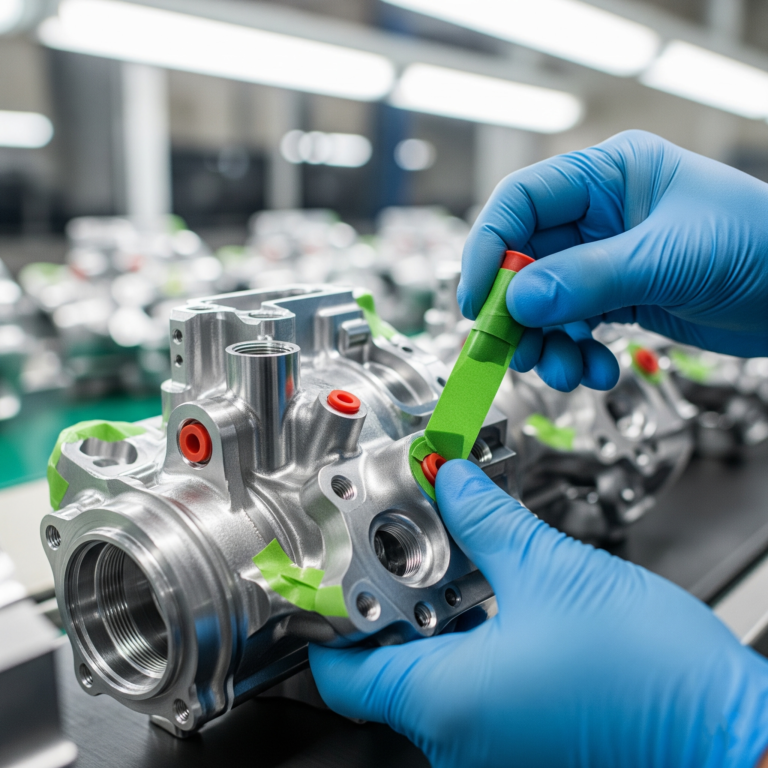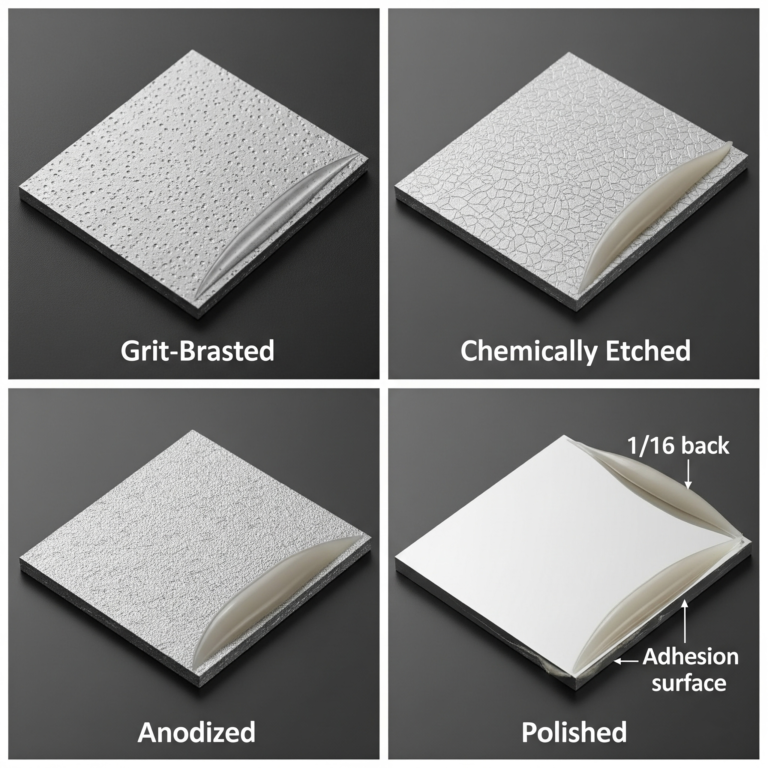Even the best paint or adhesive can fail if your surface finish1 is wrong — leading to peeling, delamination, and costly rework.
We specialize in surface treatments that prevent these failures — saving you time, money, and reputation.
If you’ve ever seen a painted metal panel bubble after a few months, or a bonded joint come apart during stress testing, there’s a good chance the surface finish was the real culprit.
For engineers, procurement teams, and OEMs, surface preparation isn’t optional2 — it’s the foundation of coating and bonding success.
🎯 Why Surface Finish Is Critical for Adhesion
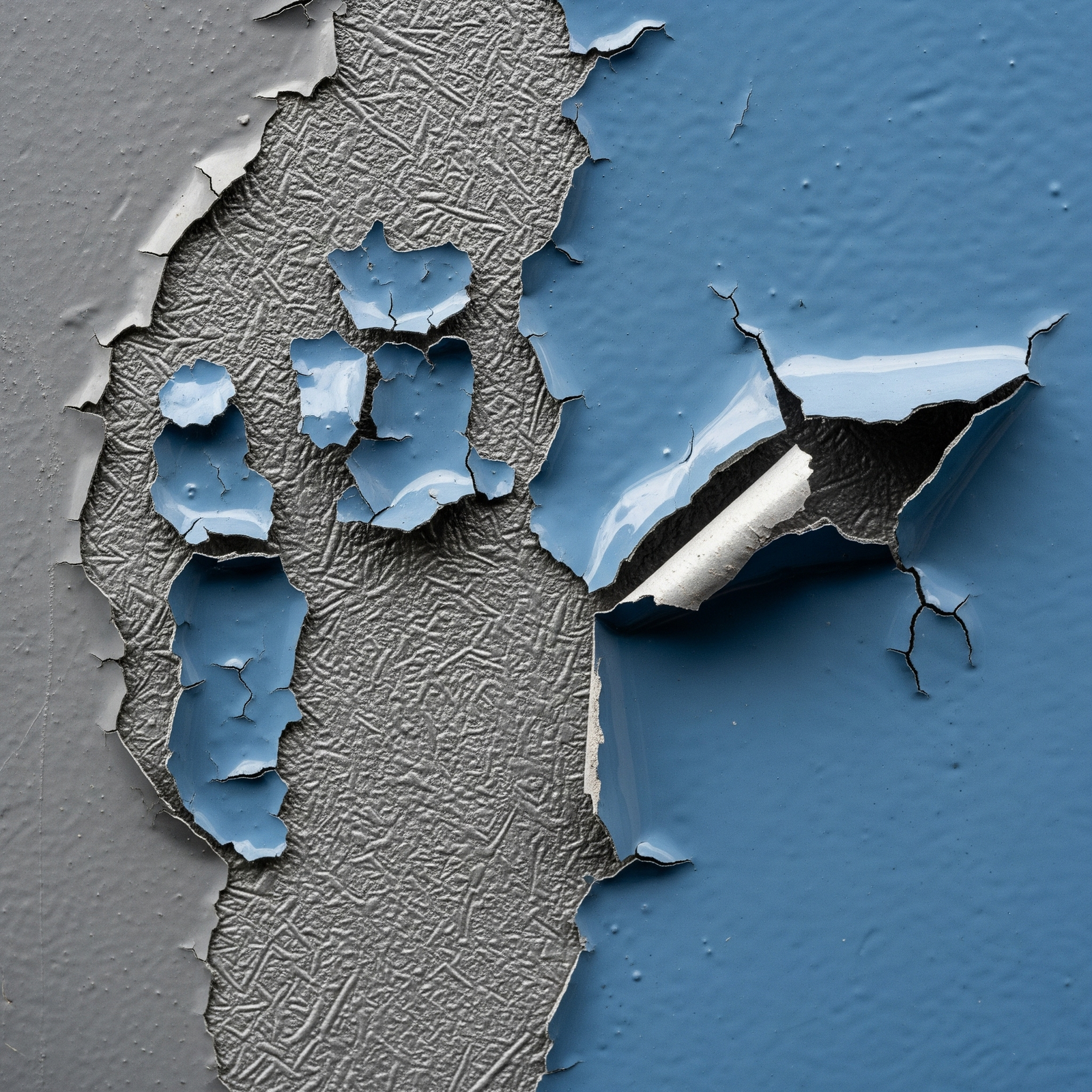
Adhesion depends on mechanical interlocking3 and chemical compatibility4. The surface finish affects both:
- Roughness profile (Rₐ value) — impacts how coatings "grip" the substrate
- Cleanliness — contamination like oils, dust, or oxides blocks bonding sites
- Surface chemistry — oxide layers, passivation films, or plating can help or hinder adhesion
Even a perfectly flat surface can fail if it’s chemically incompatible with the coating or adhesive.
🔍 How Different Surface Finishes Affect Adhesion
| Surface Finish / Prep Method | Typical Rₐ (µm) | Adhesion Impact | Best For Secondary Process | ⚠️ Risk If Misused | Our Recommendation |
|---|---|---|---|---|---|
| Grit Blasting5 | 2–6 | ★★★★☆ High | Heavy-duty paints, epoxy bonding | Can be too aggressive for thin parts | ✅ For steel/aluminum parts needing max adhesion |
| Chemical Etching6 | 0.5–3 | ★★★★☆ High | Bonding composites, anodizing prep | Requires strict bath control to avoid undercutting | ✅ Best for composites or precision aluminum parts |
| Anodizing (Type II)7 | 0.4–0.8 | ★★★☆☆ Moderate | Powder coating, paints on aluminum | Poor prep can cause coating lift | ⚠️ Use when corrosion resistance is also key |
| Polished Finish (<0.2 µm) | Very Low | ★☆☆☆☆ Poor | Decorative plating only | Terrible for paint or glue adhesion | 🚫 Avoid for painted or bonded parts |
| Zinc Plating (Bright)8 | 0.1–0.3 | ★★☆☆☆ Low | Priming before paint | Needs proper conversion coating first | ⚠️ Only use with proper pretreatment |
🧪 Measuring Surface Roughness for Adhesion Success
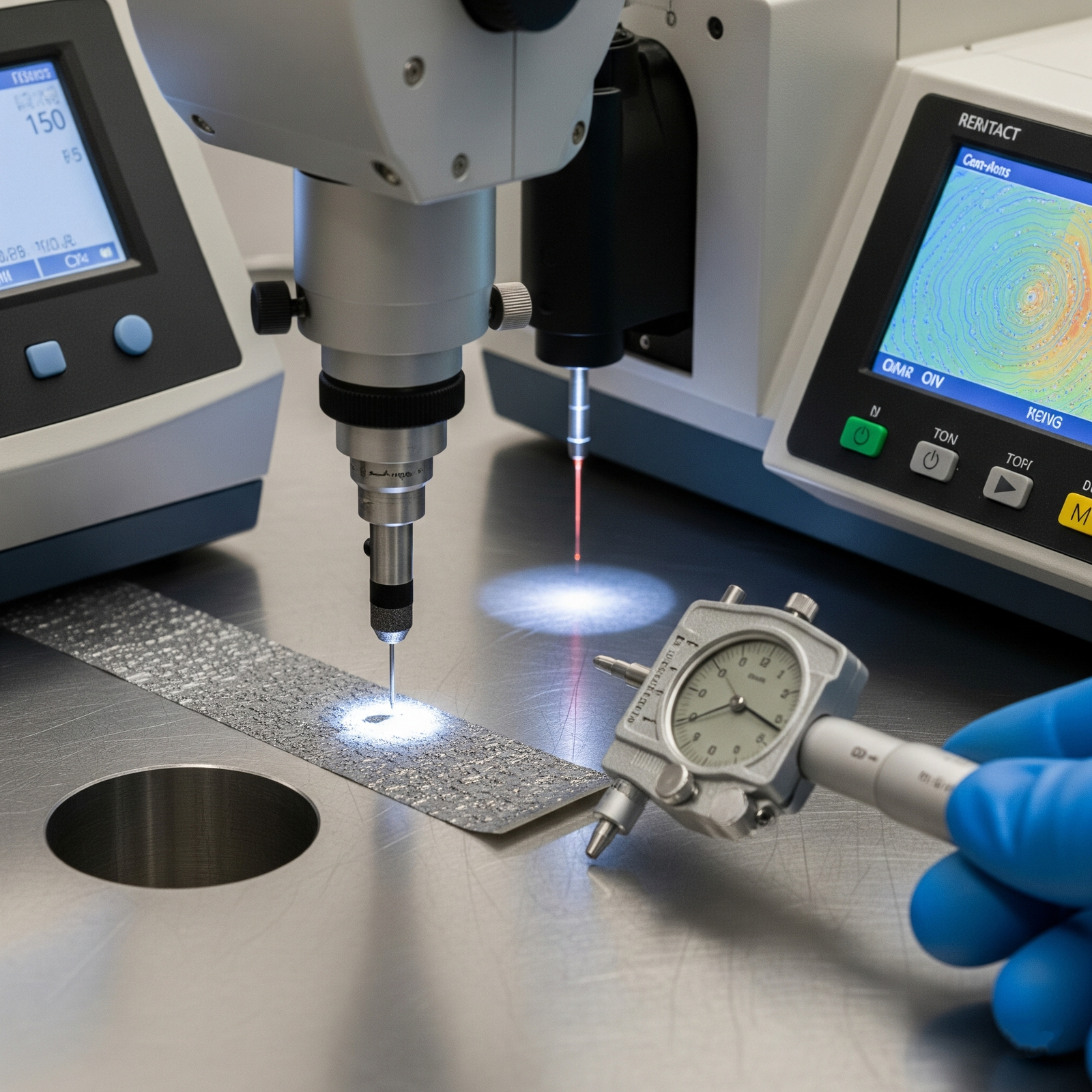
Three common tools and methods:
- Contact Profilometer — Measures microscopic peaks & valleys; ideal for Rₐ and Rz values.
- Non-Contact Optical Profilers — Laser or white light; useful for delicate surfaces.
- Replica Tape & Micrometer — Fast, portable, good for grit-blasted steel.
For most coating and bonding jobs, an Rₐ of 1–3 µm provides a strong anchor without over-roughening.
⚠️ Common Adhesion Failures Caused by Poor Finishing
- Peeling Paint — Caused by polishing before painting without surface roughening
- Bondline Weakening — From residual oils or passive layers
- Blistering — From trapped contaminants under coatings
- Premature Corrosion — If finish traps moisture under the coating
🛠 How to Optimize Surface Finish for Painting & Bonding
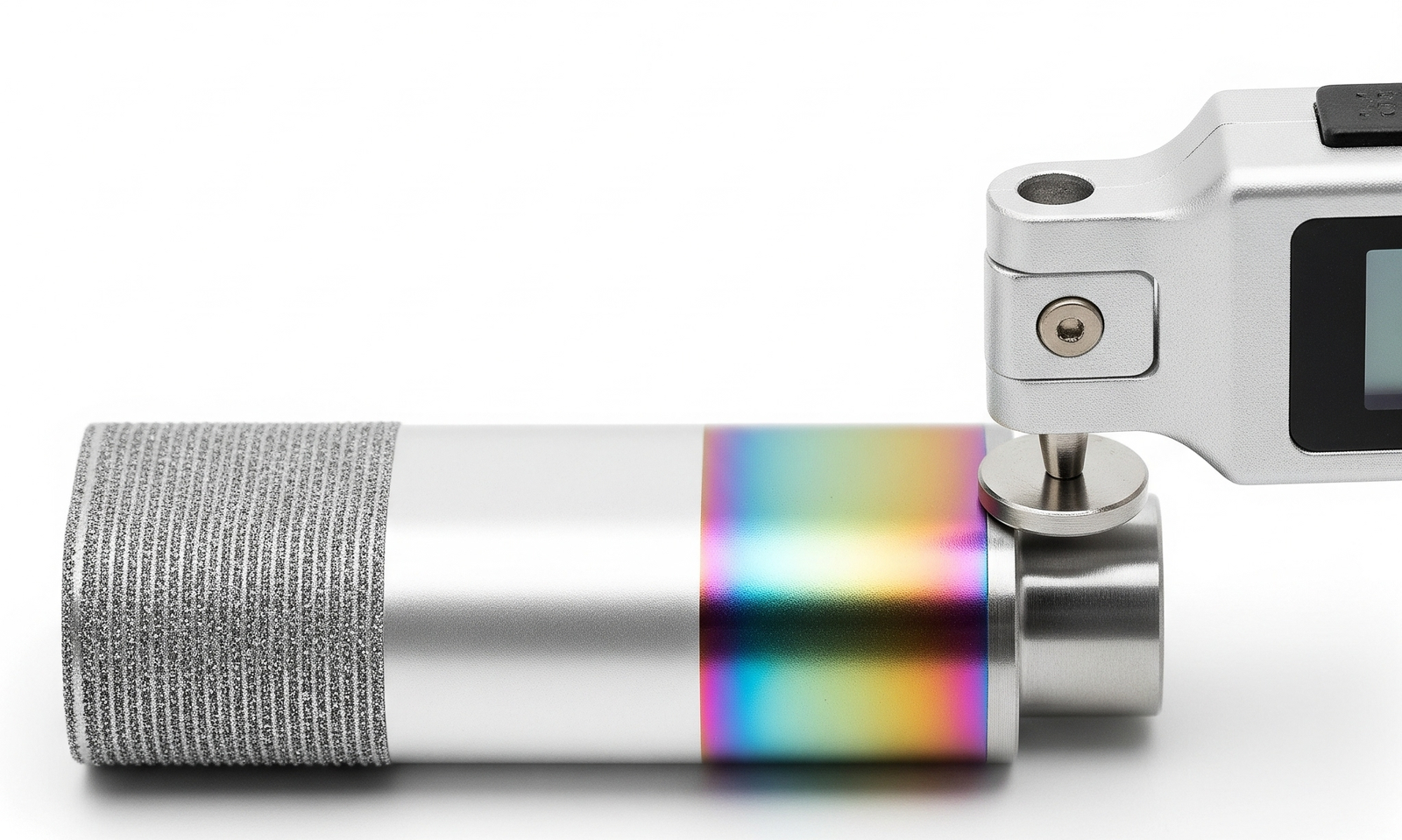
- Match roughness to coating type — Epoxies may need more texture than polyurethane paints.
- Clean immediately before coating — Avoid recontamination.
- Consider chemical pretreatments — Phosphate or chromate for steel, conversion coatings for aluminum.
- Test adhesion early — Use cross-hatch or pull-off tests before production.
🚀 Send Your Part Drawing Today — Get a Free Adhesion Compatibility Report
Upload your drawing today — and within 24 hours, our finishing experts will:
✔ Identify the best surface finish for your coating or bonding process
✔ Provide a detailed adhesion risk analysis
✔ Help you avoid costly coating failures and rework
👉 Start Your Adhesion Optimization Now
Or email hello@custommetalpro.com — we’ll reply the same day.
💼 Why 300+ OEMs Trust Us for Finish-to-Coating Integration
We’ve helped manufacturing teams:
- Increase paint adhesion on aluminum housings by 300%
- Eliminate adhesive failures in EV battery modules
- Pass salt spray and humidity tests without rework
- Reduce field returns from coating delamination
The right surface finish means fewer failures, less rework, and happier customers.
-
Understanding surface finish is crucial for ensuring strong adhesion in coatings and bonding processes. ↩
-
Surface preparation is the foundation for successful coatings, preventing costly failures and ensuring durability. ↩
-
Mechanical interlocking plays a vital role in adhesion; learn how it enhances bonding strength. ↩
-
Chemical compatibility is key to successful bonding; discover how it affects adhesion outcomes. ↩
-
Grit blasting can enhance adhesion significantly; find out how it works and its best applications. ↩
-
Chemical etching is a precise method for enhancing adhesion; learn about its advantages and applications. ↩
-
Type II anodizing can improve corrosion resistance and adhesion; explore its benefits for aluminum surfaces. ↩
-
Bright zinc plating can be beneficial for priming; understand its role in surface preparation. ↩

